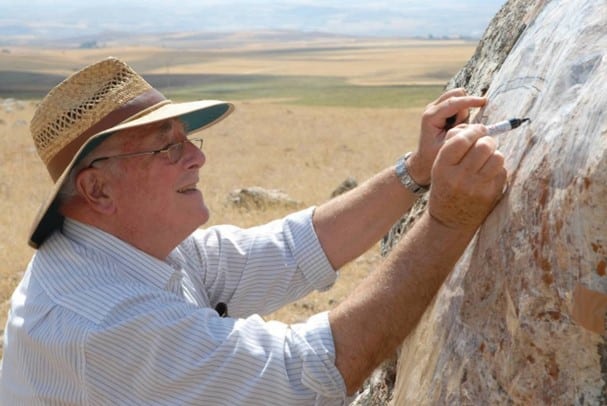
The Nimrud Archives
Thanks to generous support from an anonymous donor, BISI has begun to catalogue the archive.
By Ali Khadr
The ancient site of Nimrud (ancient Kalhu), on the Tigris River south of Mosul, was established as the capital of Assyria by Assurnasirpal II (883-859 BC). Here were constructed a series of magnificent palaces and temples. The remains of these buildings began to be uncovered from the mid-nineteenth century revealing spectacular wall reliefs as well as glazed brick, metalwork, ivory carvings and cuneiform documents.
Between 1949 and 1963, the British School of Archaeology in Iraq (the predecessor of BISI) undertook excavations at Nimrud, directed by Max Mallowan (The British School’s first Director), David Oates and Jeffrey Orchard. The archives of these excavations are currently stored at the British Museum.
Thanks to generous support from an anonymous donor, BISI has begun to catalogue the archive. This will be a contribution to the international effort led by the Iraqi State Board of Antiquities and Heritage to manage and conserve this globally important cultural site.
A preliminary list of the excavation notebooks and photographs are available here:
- Nimrud Archives
- Site Photographs 1949-50
- Site Photographs 1951
- Site Photographs 1952
- Site Photographs 1953
- Site Photographs 1955
- Site Photographs 1956
- Site Photographs 1957
- Site Photographs 1958
- Site Photographs 1960
- Site Photographs 1961
- Site Photographs 1962
A comprehensive survey of Nimrud’s history and archaeology can be found in the following BISI publication: Oates, D. and J. Oates, 2001. Nimrud, An Assyrian Imperial City Revealed, London: British School of Archaeology in Iraq (free PDF from BISI),
Latest News
May 3, 2022
Dr Abdulameer al-Hamdani
The Trustees of the British Institute for the Study of Iraq were deeply saddened to hear of the death of Dr Abdulameer al-Hamdani on Friday April 29th in Nasiriyah, Iraq.


